Panthera uncia, well known as the “Snow Leopard”, is a rare member of the cat family (Felidae). At 4-5 feet height, this mammal’s tail is up to 36 inches long and its weight is 60-120 pounds. Each and every body part of this animal is made as an adaptation to the harshest conditions that they live in. Their greyish-black spotted, creamy yellow or gray, thick hair acts as a coat to insulate them from the cold. They are supported by strong, powerful legs that give them the ability to leap as far as 50 feet. Their fur-covered feet are wide and, therefore, help to distribute the body weight throughout the snow. Longtails maintain balance and cover sensitive body parts from the icy cold.


Behaviors of Snow Leopard
These big cats are shy and most of the time they live reclusively. Males can be more commonly seen than females. During mating season, males and females are frequently seen together, and a mother with her young cubs is occasionally seen. Snow leopards cannot roar like loins due to the physiology of their throats and make a sound called “chuff” instead. They also leave marks on the landscape with their urine, as other cats do.
They are not aggressive towards humans. According to scientists, snow leopards show a “crepuscular activity pattern”, which means they are most active at dawn and dusk. Snow leopards are skillful and powerful predators and solitary creatures. They prey on Argali sheep, Bharal blue sheep, Tibetan woolly hares, marmots, domestic goats, pikas, ibex, and birds. Snow leopards are important predators in the mountains, and their presence helps to maintain the ecosystem’s balance.
Snow Leopards’ Habitats
They live in such harsh and remote environments. Snow leopards are found in 12 countries, including India, Pakistan, Bhutan, Nepal, Afghanistan, Mongolia, China, and Russia. Snow leopards prefer rugged terrain, the Rocky Mountains, and valleys. They can mostly be found throughout the high, cold mountain ranges such as the Himalayas, the southern Siberian mountains in Russia and the Tibetan Plateau, and across a range that stretches from China to the mountains in Central Asia. These types of habitats provide good coverage and clear views to find prey and crawl on it.

Threats
Snow leopards are often killed by local farmers to retaliate against the predation of their domestic animals such as sheep, goats, and horses. Local communities also hunt the Argali sheep, the main prey of the snow leopard, so when their natural prey is difficult to find and due to a lack of meals, snow leopards are forced to kill livestock for survival. Their lives have been threatened by poaching due to the illegal trade in bones and body parts used in traditional Chinese medicine.
The snow leopard’s habitat range is declining day by day due to human settlement and increased use of grazing space. Global warming and climate change pose the greatest long-term threat to snow leopards. The Himalayas alone have lost about 30 percent of the snow leopards’ habitat due to the effects of climate change.
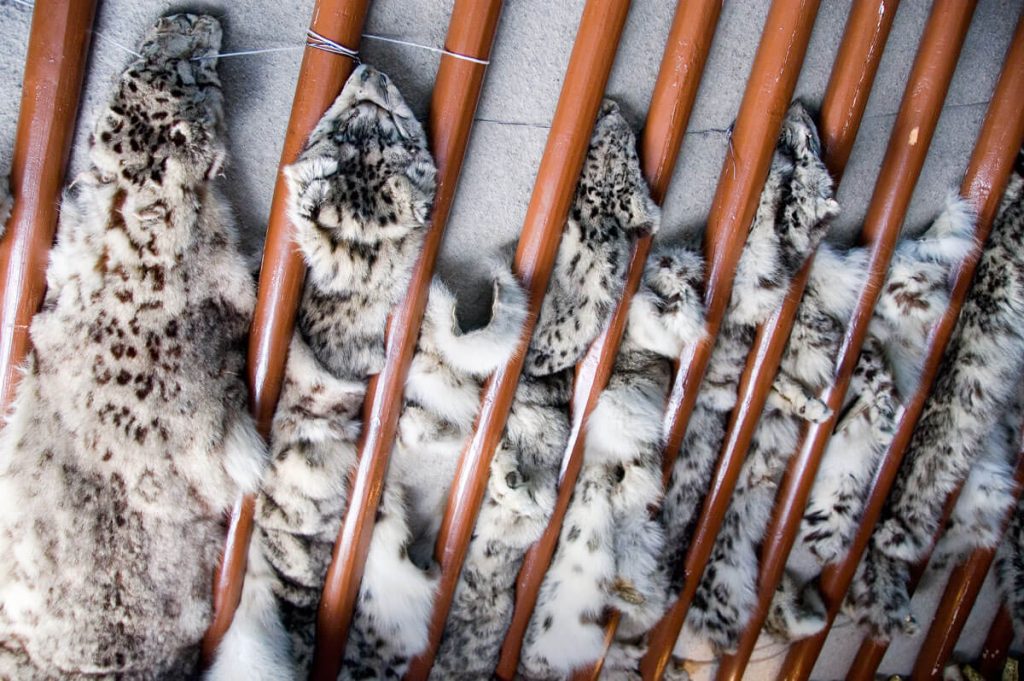
As an aversive consequence of the above-mentioned threats, the total estimated population of snow leopards has decreased by up to 4,080-6,590. As a result of that, the snow leopards are now in Vulnerable status on the IUCN Red List.
Conservation of Snow Leopards
Countries and organizations have recently begun efforts to save snow leopards. Protected areas have been established throughout their lands, including sanctuaries in countries such as Afghanistan, Mongolia, and Kyrgyzstan. A snow leopard conservation center is being set up in Uttarakhand. It will be the first snow leopard conservation center in the Uttarkashi forests of India.
WWF (World Wildlife Fund) works with local communities to monitor snow leopards and reduce the retaliatory killing of them through innovative local insurance plans. They conduct snow leopard adoption programs as well as a project called “Third pole geo lab” which is an interactive web-based tool and database for snow leopard conservation.
Countries have also been strengthening their rules and regulations against poaching and illegal trade, and conservation groups have been working with herders to develop systems to keep snow leopards away from their livestock.
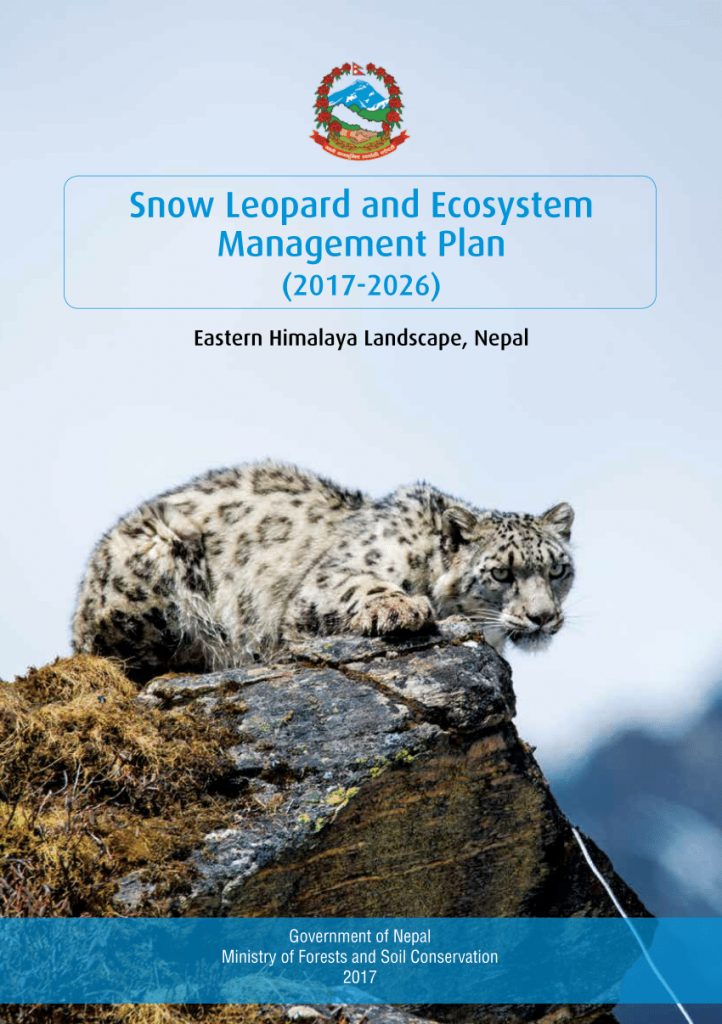
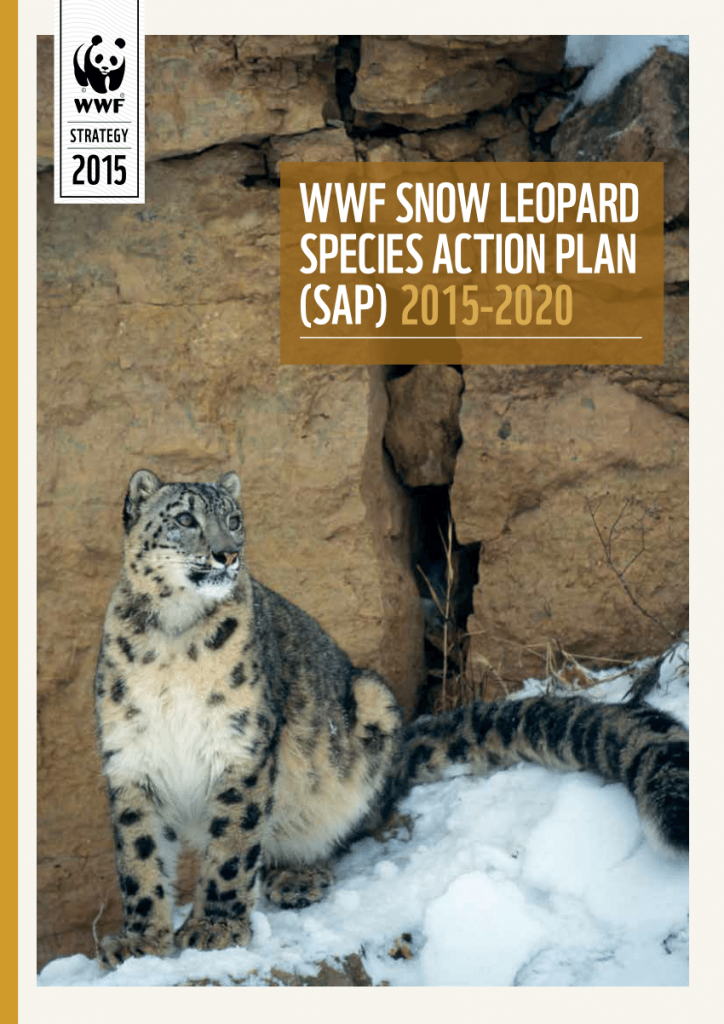
International Snow Leopard Day
In an effort to protect this iconic species, the twelve Asian countries that are home to these animals declared October 23rd, to be International Snow Leopard Day since 2014. The day was chosen as the first anniversary of the adoption of the landmark Bishkek Declaration on the conservation of them, adopted on October 23rd, 2013, at the first Global Forum on the Conservation of this big cat in the Kyrgyz capital, Bishkek. The range countries (Afghanistan, Bhutan, Uzbekistan, Tajikistan, Kazakhstan, Kyrgyzstan, Mongolia, China, India, Nepal, Pakistan, Russia) also resolved to celebrate 2015 as the International Year of the Snow Leopard.
Coinciding with Snow Leopard Day, range countries, along with WWF and many non-profit organizations, organized many survival projects, workshops, and awareness programs. Snow leopards are a special part of our ecosystem. Protecting them against extinction is a responsibility and duty not only of organizations but all of us in the world.
Written By:
K. A. Kavindana Nirmani,
1st Year Undergraduate,
Biological Science Stream,
Faculty of Science,
University of Colombo.
References:
- National Geographic. (n.d.). Snow Leopards 101. Animals. https://www.nationalgeographic.com/animals/mammals/facts/snow-leopard
- WWF. (n.d.). Snow Leopard | Species | WWF. World Wildlife Fund. https://www.worldwildlife.org/species/snow-leopard
- WWF. (2016, September 8). Snow leopard. https://www.wwf.org.uk/learn/wildlife/snow-leopards
- Snow Leopard Trust. (2017, May 10). Behaviour.
https://snowleopard.org/snow-leopard-facts/behavior/ - Trust, S. L. (2016, October 14). International Snow Leopard Day: Hope, and Concern for the Cat. Snow Leopard Trust.
https://snowleopard.org/international-snow-leopard-day-hope-and-concern-for-the-cat/
Image Courtesy:
- Title Image: https://bit.ly/3FZSZZ6
- 1st Content Image: https://bit.ly/3pdIv2A
- 2nd Content Image: https://bit.ly/3aOBWLu
- 3rd Content Image: https://bit.ly/3peqKjp
- 4th Content Image: https://bit.ly/30DvDZh
- 5th Content Image: https://bit.ly/3vAOfVn
- 6th Content Image: https://bit.ly/3jbGUXk
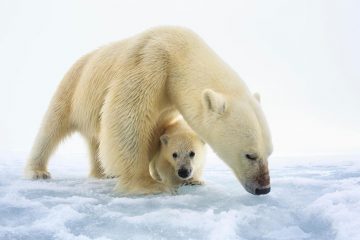

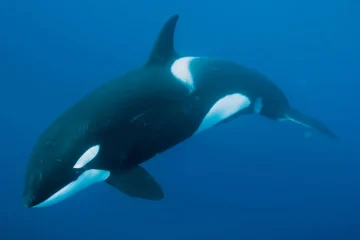
0 Comments